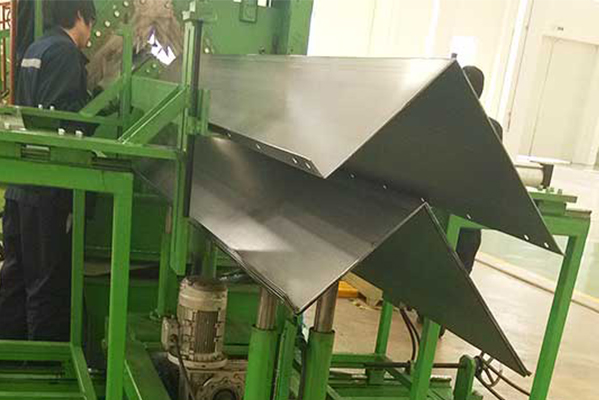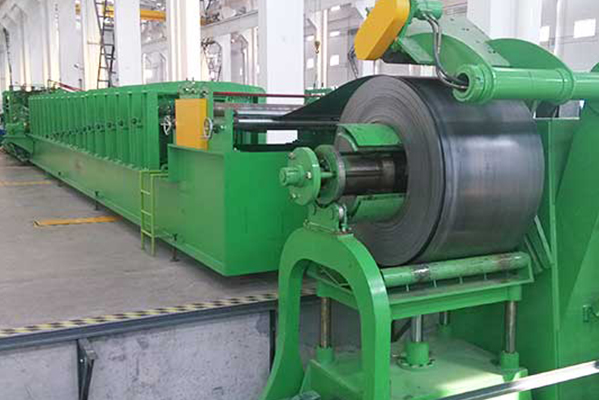Navigation Menu
Contact Us
- Email:
- info@wxavatar.com
- Address:
- Yurong Village, Yuqi Street, Huishan District, Wuxi, China.
Release Date:Jul 15, 2025 Visit:39 Source:Roll Forming Machine Factory
Steel silo construction has evolved significantly with the introduction of advanced manufacturing technologies. Among these, roll forming machines have become essential equipment for improving construction efficiency in steel silo projects. This article examines how steel silo roll forming machines contribute to faster, more precise, and cost-effective construction processes.

Precision Engineering for Consistent Quality
Steel silo roll forming machines utilize computer-controlled systems to produce uniform panels with exact specifications. This precision engineering ensures that each component fits perfectly during assembly, reducing time spent on adjustments and modifications at the construction site. The automated process maintains consistent quality across all produced materials, eliminating variations that could slow down construction progress.
Accelerated Production Rates
Compared to traditional fabrication methods, roll forming machines can produce steel silo components at significantly higher speeds. The continuous operation capability allows for non-stop production of panels with consistent profiles. This rapid production rate means construction projects can proceed without material delays, keeping timelines on schedule and reducing overall project duration.
Reduced Labor Requirements
The automation provided by roll forming machines decreases the need for extensive manual labor in component fabrication. Skilled operators can manage the machine to produce large quantities of panels with minimal workforce involvement. This labor efficiency translates to lower personnel costs and reduced potential for human error during the manufacturing stage.
On-Site Assembly Advantages
Pre-fabricated components from roll forming machines simplify the on-site assembly process. Since all parts are manufactured to precise specifications, construction crews can quickly assemble the silo without time-consuming fitting or adjustment work. The standardized components allow for systematic assembly procedures that can be easily replicated by trained teams.
Material Optimization
Roll forming technology maximizes material usage by minimizing waste during the production process. The machines are programmed to utilize steel coils efficiently, reducing scrap generation. This optimization not only controls material costs but also ensures timely availability of components by eliminating unnecessary material handling and reprocessing.
Adaptability to Project Requirements
Modern roll forming machines can be quickly adjusted to produce different panel profiles and sizes. This flexibility allows contractors to accommodate various silo designs and specifications without requiring separate production setups. The ability to switch between configurations efficiently prevents delays when working on projects with differing requirements.

Conclusion
Steel silo roll forming machines provide measurable improvements to construction efficiency through precision manufacturing, accelerated production, labor optimization, and streamlined assembly processes. By integrating this technology, construction projects benefit from reduced timelines, controlled costs, and consistent quality outcomes. The continued advancement of roll forming equipment promises further enhancements to steel silo construction methodologies.